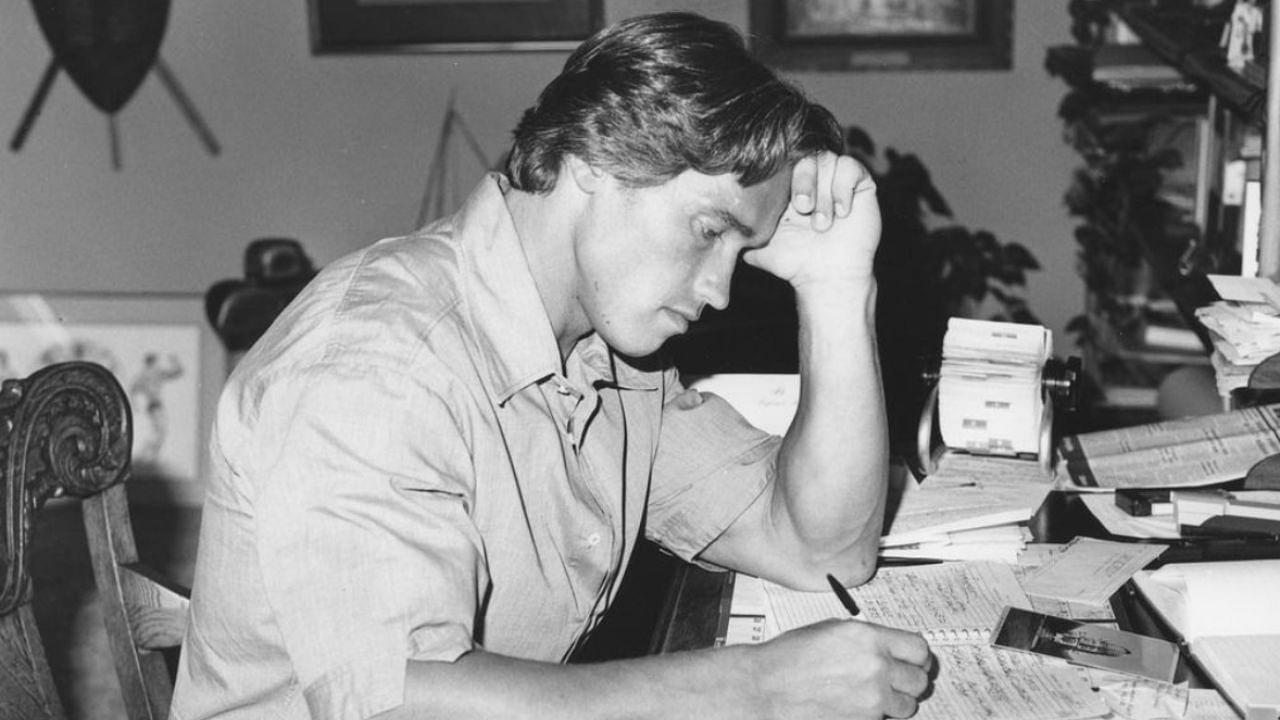American swimmer Mark Spitz once said, “There’s a difference between over-training and over-exercising.” Overtraining happens when you train without taking enough recovery time between your sessions. It could harm your health and hamper the results you want to achieve. So, are you overtraining yourself? To understand whether you’re overtraining, 7-time Mr. Olympia Arnold Schwarzenegger writes about the ‘Overtraining Test’ in his recent newsletter.
In the newsletter, Arnold states that training more than required might affect your body and cause it to break down. However, this is not an issue for some individuals. Even if they feel they’re overtraining, it could be regular soreness or fatigue from an intense workout.
Moreover, Schwarzenegger has provided a checklist for those worried they’re overtraining so that they can analyze how their body responds. It is as follows:
- Rise in heart rate and blood pressure while resting
- Having difficulty sleeping
- Stomach issues
- Frequently being in a bad mood and low on energy
- Decreased self-esteem and motivation
- Feelings of sadness and apathy
“According to research, overtraining looks similar to depression and chronic fatigue.”
Furthermore, Arnold cites that, if you overtrain, your immune system shuts down completely, which could lead to upper respiratory infections and multiple other issues. However, to test if you need to focus more on recovery or feel under-recovered, Arnold suggests using the “rate of perceived recovery” method.
The rate of perceived recovery scale measures how you feel before coming into a workout. This rates how heavy or hard things feel before you start training. Later, when you begin your next workout, rate yourself on how you feel after each exercise.
Once you complete your training, rate yourself to see how much rest you require. If you feel like you have given maximum effort for each set and you are unable to go forward or lift heavy, Arnold suggests taking a day or two off for rest. If not, you need to change your routine and rest period.
“In any given plan, the goal is to maintain a high intensity — and increase intensity over time.”
Therefore, Arnold mentions that you don’t need to train until extreme failure, but whenever you do, make sure you push yourself hard to achieve your goal.
Arnold Schwarzenegger suggests a simple template for managing intensity
In addition to the test for recovery, Arnold also shared a template with his village members on how to manage intensity. This will help improve your recovery and eventually become stronger. The week-by-week template is as follows:
- 1st week: Figure out a basic weight for your workout routine. Don’t take any sets to failure.
- 2nd week: The intensity can gradually increase, but don’t use your entire energy on one rep. Save it for every set.
- 3rd week: Maintain higher intensity.
- 4th week: While training, target for personal bests, but ensure that you don’t take every set you do to complete failure.
In conclusion, Arnold points out that using the template will give you a rough idea of how to control the intensity and manage your recovery.





